Products
Design & Validation of Optical Systems
Ansys Speos predicts the illumination and optical performance of systems to save on prototyping time and costs while improving your product’s efficiency.
Ansys Speos Helps You See Optical Simulation in a New Light!
Ansys Speos delivers an intuitive and comprehensive user interface, enhanced productivity with use of GPUs for simulation previews and easy access to the Ansys multiphysics ecosystem.
- Simulate Sensor Vision
- Optical Design Optimization
- Advanced Optical Analysis
- Human Vision
Features
Quick Specs
Speos has been assessed by the International Commission on Illumination (CIE) against CIE 171:2006 test cases, assessing the accuracy of light modeling software and showing the performance benefits of Ansys Speos.
Still have a question?
Connection with Multiphysics Simulations
Ansys Cloud Integration
Custom Materials Library
Human Vision
CAD Connection
Speos Live Preview
Robust Design Optimization for Optical Design
Speos Lens System
Visibility and Legibility
Virtual Reality
Illuminance, Luminance and Intensity
Fatigue Life Analysis
Capabilities
Design, Optimize and Validate Your Optical System
Turn on the light in your virtual model and intuitively explore the propagation of light in 3D. The Speos Live preview function features simulation and rendering capabilities so you can design products interactively. Cut iteration time and speed up your decision-making process by performing simulations correctly the first time, automatically designing for optical surfaces, light guides and optical lenses. To match your performance specifications, Speos combines powerful light analysis capabilities with illumination evaluation across the electromagnetic spectrum, allowing for high-fidelity visualization based on human vision capabilities. Deploy these visualizations in virtual reality for a fully immersive review experience.
Capabilities
Key Features
Ansys Speos optical design software uniquely simulates a system’s optical performance and evaluates the final illumination effect, based on human vision.
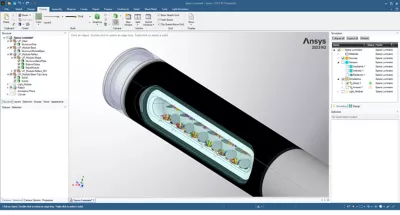 Standalone CAD interface and CAD integration
Standalone CAD interface and CAD integration
 Standalone CAD interface and CAD integration
Standalone CAD interface and CAD integration Easy-to-use CAD interface and CAD integration into Siemens NX and PTC Creo Parametric
- Speos provides an intuitive, easy-to-use CAD interface to handle 3D geometries and assets that can be natively created or imported from other CAD software.
- Speos can rely on parametric modeling thanks to the CAD integrations providing the same look and feel as the CAD host graphical user interface, so non-optical experts can comfortably master the Speos workflow.
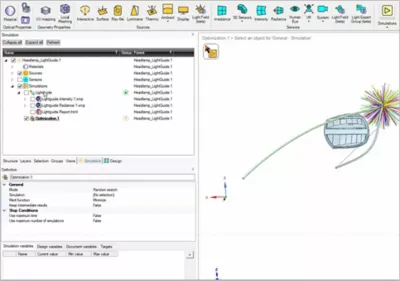 Design Optimization
Design Optimization
 Design Optimization
Design Optimization Design of experiment and optimization
- Speos offers an embedded solution to set up an optimization based on a random search algorithm.
- Variables are based on Speos parameters as well as geometrical ones.
- Targets are based on values directly measured in the simulation results.
- The design of experiment mode permits the generalization a design table from the selected variables to study the influence of different sets of values on the simulation results’ measurements.
- The scripting interface permits the replication of all the actions done in the user interface, from the source creation to the analysis of the simulation results. The interface provides endless possibilities to automate repetitive tasks, for instance.
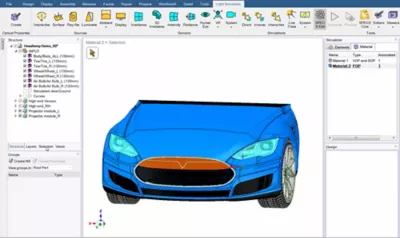 Direct Modeling
Direct Modeling
 Direct Modeling
Direct Modeling Speos direct modeling capabilities
- Direct modeling capabilities permit users to define and capture geometries quickly without the complexity of traditional CAD software.
- Non-CAD experts can easily create geometries in a few clicks, reducing the geometry preparation time.
 Simulation Performance
Simulation Performance
 Simulation Performance
Simulation Performance Ansys Speos High Performance Computing (HPC) and GPU Compute
- Speos GPU powered by Nvidia OptiX takes advantage of the Ray-Tracing hardware acceleration available in the latest generations of Nvidia GPUs to reach unmatched simulation performances with no tradeoff on accuracy. Experience the same Speos workflow and result quality in a fraction of the time. The Nvidia RTX6000 Ada Generation delivers performance on Speos simulation equivalent to more than 300 CPU cores.
- Speos HPC accelerates simulation speed beyond any limit. Simulation can be deployed to any HPC infrastructure, Windows or Linux, cloud or locally owned, from a few to thousands of nodes with linear performance scalability. Take advantage of 10,000 cores to run 10,000 times faster.
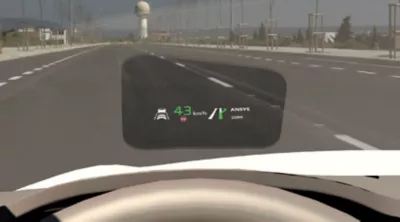 HUD: Design and Analysis
HUD: Design and Analysis
 HUD: Design and Analysis
HUD: Design and Analysis HUD imaging systems design and analysis tools
- HUD design and analysis permits users to study the technical feasibility of a HUD according to windshield shape and packaging constraints
- Automatic tools help design the optical system and improve the perceived quality of the image by optimizing layout and shapes, generating a rotation axis, calculating angles for multiple drivers’ sizes, and automatically displaying required optical volume.
- Objectively qualify the image quality and compare several technical options, scoring the optical and vision performance.
- Validate the compliance against your acceptance criteria and create a complete simulation of the driver’s perception.
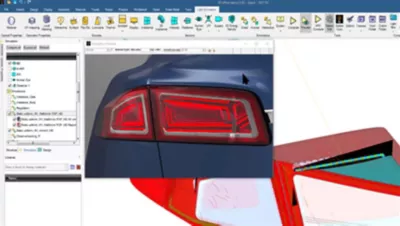 Simulation result experience
Simulation result experience
 Simulation result experience
Simulation result experience - Speos Human Vision allows users to adjust displayed levels to fit with monitor maximum capabilities and set contrasts so that details seen on screen match with details are seen in real life.
- Human Vision algorithms adjust automatically based on the luminance level constraint in the results.
- Human Vision and 1:1 luminance are compatible with HDR10 displays for unmatched accuracy in color and contrasts. Stereoscopic (3D) displays and VR-HMDs are also supported to deliver true size and depth perception.
- Speos Live Preview interface allows users to experience real-time simulation results. Powered by GPU-Compute with Nvidia GPUs Speos Live Preview enables users to:
- See the result from the beginning of the simulation, browse results from available sensors, and review light levels in false color or true visual aspects in Human Vision.
- Save results any time to further explore and measure in Photometric Labs.
- Change most optical properties at any time, and with one click, restart the simulation.
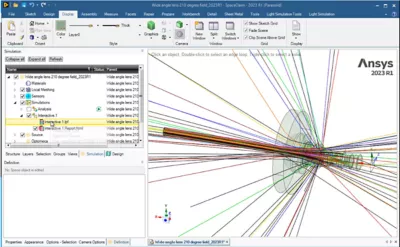 Ray tracing and Ray Propagation Engine
Ray tracing and Ray Propagation Engine
 Ray tracing and Ray Propagation Engine
Ray tracing and Ray Propagation Engine Interactive ray tracing and ray propagation
Ray Tracing
- Understand ray behavior instantly and see the impact of modeling change as the ray path updates upon design modification.
- Theoretical regularly sampled ray sources can design lighting concepts and manually guide the rays toward your target.
- Visualize Ray Tracing from any light source to review and adjust your design before running any simulation.
Ray Propagation Engine
- Reciprocity of the direct and inverse propagation modes guarantees the accuracy of results whatever the mode selected.
- Simulations permit the materialization and testing out an optical system by propagating rays through the key components of the optical simulation (materials, sources, sensors).
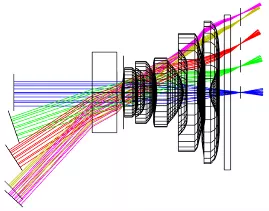 Advanced analysis tools
Advanced analysis tools
 Advanced analysis tools
Advanced analysis tools - Light Expert offers the possibility to visualize interactions between light and the different geometries of the optical system to identify potential causes of stray light, ghost images, and reflections.
- The stray light analysis capabilities of Speos permit designers to understand the behavior of the rays before they reach a sensor: all paths the light follows as well as the contribution of each sequence.
- Result Layering: The rays integrated by the different sensors can be analyzed by separating the elements contributing to the simulation results.
- The impact of the different sources involved in the propagation, for instance to identify which one contributes to a hot spot.
- The impact of specific faces of the geometries involved during the propagation, optimizes efficiency of the design surface.
- The impact of the different optical sequences followed by the rays during the propagation, identifies stray light causes.
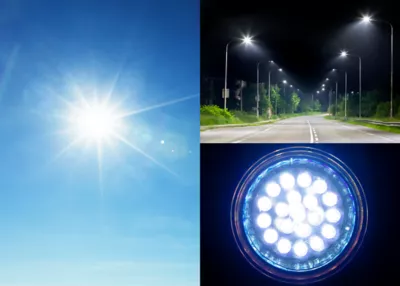 Light Sources
Light Sources
 Light Sources
Light Sources Speos provides different methods to model light sources.
Most LED manufacturers provide measured ray files in the Speos format can define sources, similar to luminaire suppliers with the IESNA LM-63 and Eulumdat files.
- Complex source emission can be considered at the LED chip level, accounting for the surrounding optics during the calculations.
- For physics-based renderings, model ambient sources to add realism to the scene, as well as display sources for car interior simulations.
- Thermal emissivity of different geometries can also be considered for simulations in the infrared full spectral bandwidth.
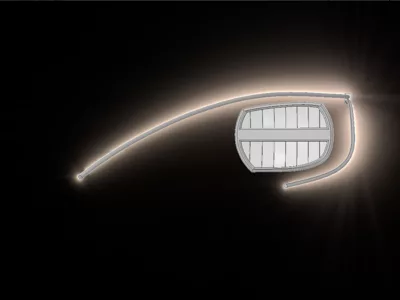 Lighting Application Optical Design
Lighting Application Optical Design
 Lighting Application Optical Design
Lighting Application Optical Design Light distribution design tools
- Using reflection or refraction properties, Speos offers an easy-to-use interface to design Reflector or Lens with variable grid definition (rectangular, circular, stripes, honeycomb, freeform type).
- Geometrically define each pillow or by set the optical beam spread target with embedded optimization.
- Speos offers the best-in-class lightguide design tool to smoothly control prism parameters variation and ensure efficient and homogeneous light distribution.
- In combination with Speos GPU, users can instantaneously check the photometry of its design by facets or for the whole reflector
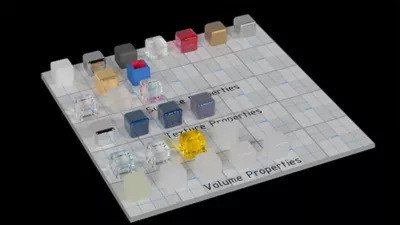 Optical Properties
Optical Properties
 Optical Properties
Optical Properties Optical property management
- Volume behavior of materials covers the spectral absorption, scattering, fluorescence, refractive indexes, gradient indexed, and complex refractive indexes, either as models or tabular input.
- Surface behavior description extends from simple Gaussian/specular models to measured spectral 3D BxDFs, anisotropic, retroreflective, iridescent, polarized properties.
- Achieve complex behaviors with spatial variation, multilayer textures with property blending, or dedicated plugins like the LSWM to use optical gratings from Lumerical simulation.
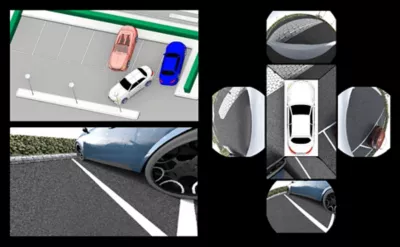 Sensor Integration
Sensor Integration
 Sensor Integration
Sensor Integration - Speos offers dedicated capabilities to simulate and assess camera and lidar raw signals in a driving environment.
- Starting from a digital mock-up, including surrounding geometries, sensor layout and surrounding targets, camera and lidar systems can be physically modeled.
- Integrated into the CAD platform, data acquired by sensor systems can be simulated, considering its characteristics and constraints.
- Complete analyses can be performed for different sensor configurations on various scenarios.
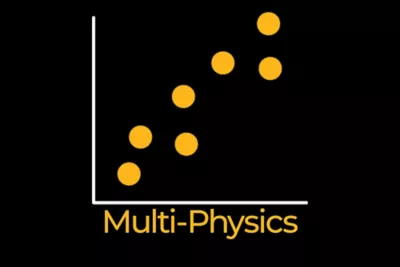 Multiphysics
Multiphysics
 Multiphysics
Multiphysics Ansys product portfolio interoperability
- Speos allows STOP analysis to evaluate the impact of mechanical deformation due to temperature variation on photometric performance.
- Using Workbench integration, Speos and Mechanical connect automatically update the original design with the deformed geometries coming from Mechanical simulation.
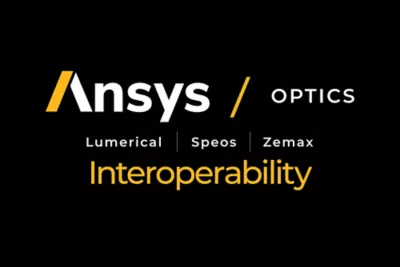 Ansys Optics Solutions Interoperability
Ansys Optics Solutions Interoperability
 Ansys Optics Solutions Interoperability
Ansys Optics Solutions Interoperability Speos is part of the Ansys Optics collection, providing interoperability and design workflow solutions with OpticStudio and Lumerical.
- OpticStudio can export optical lens system as a reduced model called Speos Lens System (.optdistortion file) for accurate and fast camera simulation. Please refer to the OpticStudio page to know more about OpticStudio’s capabilities.
- Lumerical simulation grates simulation using SubWavelength Lumerical plugin. Lumerical is also useful in combination with Speos for accurate CMOS simulation. Please refer to Lumerical page to know more about Lumerical’s capabilities.
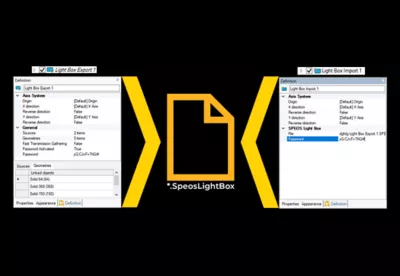 Optical data exchange
Optical data exchange
 Optical data exchange
Optical data exchange - Speos Light Box permits the export and import geometries along with the associated optical data:
- Sources
- Optical properties (material, surface properties)
- Meshing properties (geometries stored as meshes)
- Light Box can handle data exchange between suppliers and customers. It is compatible with multi-CAD platforms where Ansys software is integrated (SpaceClaim, Speos for NX, Speos for Creo Parametric).
- The file format is encrypted so content cannot be edited outside Speos. Its security can also be reinforced with a password.
Visioneering
Recent Events & Webinars
Discover how engineering simulation is expanding across the entire product lifecycle.
Ansys Multiphysics
Conference
Join us on Saturday, June 10th, 2023, at 3 PM. The event will take place at Riverside Park, 123 River Lane, Springfield.
Blog
Future Tech Expo 2025
Join us on Saturday, June 10th, 2023, at 3 PM. The event will take place at Riverside Park, 123 River Lane, Springfield.

Blog
Innovative Simulations
Summit 2025
Join us on Saturday, June 10th, 2023, at 3 PM. The event will take place at Riverside Park, 123 River Lane, Springfield.
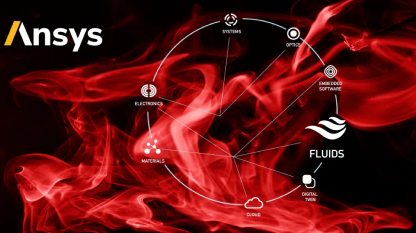
Innovative Simulations
Summit 2025
Join us on Saturday, June 10th, 2023, at 3 PM. The event will take place at Riverside Park, 123 River Lane, Springfield.
Ansys Multiphysics
Conference
Join us on Saturday, June 10th, 2023, at 3 PM. The event will take place at Riverside Park, 123 River Lane, Springfield.
Blog
Innovative Simulations
Summit 2025
Join us on Saturday, June 10th, 2023, at 3 PM. The event will take place at Riverside Park, 123 River Lane, Springfield.

Visioneering
Blogs & Trends
Discover how engineering simulation is expanding across the entire product lifecycle. engineering / product design analysis by modeling & simulation.

Innovative Simulations Summit 2024
Introduction Mi tincidunt elit, id quisque ligula ac diam, amet. Vel etiam suspendisse morbi eleifend faucibus eget vestibulum felis. Dictum

Ansys Multiphysics Conferences
Introduction Mi tincidunt elit, id quisque ligula ac diam, amet. Vel etiam suspendisse morbi eleifend faucibus eget vestibulum felis. Dictum

Ansys Multiphysics Conferences
Introduction Mi tincidunt elit, id quisque ligula ac diam, amet. Vel etiam suspendisse morbi eleifend faucibus eget vestibulum felis. Dictum

Innovative Simulations Summit 2024
Introduction Mi tincidunt elit, id quisque ligula ac diam, amet. Vel etiam suspendisse morbi eleifend faucibus eget vestibulum felis. Dictum
Innovate
Breaking News & White Paper
Discover how engineering simulation is expanding across the entire product lifecycle.
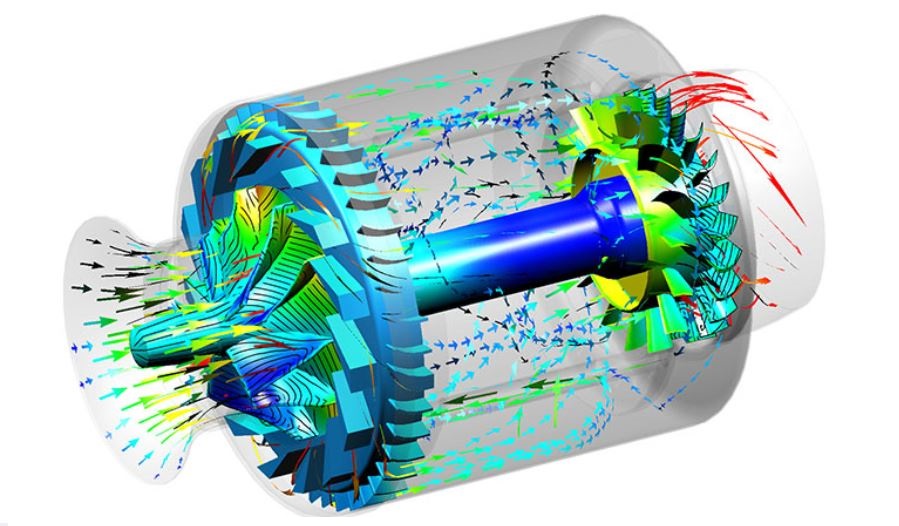
Smart Strategies for Large Structural Simulations
One way to gauge the progress of engineering simulation software is through the lens of size. Engineers today routinely run structural simulations with a few million degrees of freedom, and the largest commercial structural simulations have topped even 100 million degrees of freedom.
Introduction Mi tincidunt elit, id quisque ligula ac diam, amet. Vel etiam suspendisse morbi eleifend faucibus eget vestibulum felis. Dictum quis montes, sit sit. Tellus
Introduction Mi tincidunt elit, id quisque ligula ac diam, amet. Vel etiam suspendisse morbi eleifend faucibus eget vestibulum felis. Dictum quis montes, sit sit. Tellus
Introduction Mi tincidunt elit, id quisque ligula ac diam, amet. Vel etiam suspendisse morbi eleifend faucibus eget vestibulum felis. Dictum quis montes, sit sit. Tellus
studies
Case
Explore Case Studies
Qantur Technologies is a pioneer engineering simulations company based in Gurgaon –India. We provides expert Computer Aided Engineering – CAE consulting services for engineering / product design analysis by modeling & simulation.
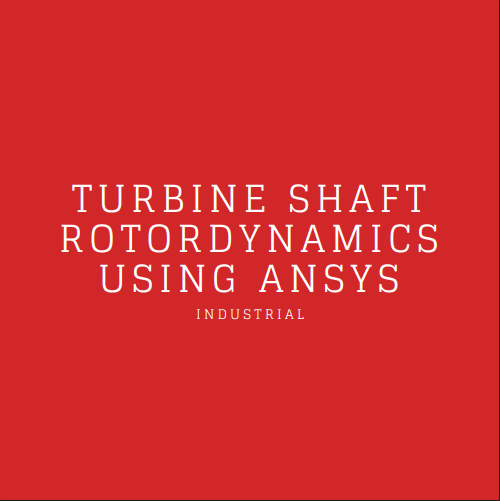
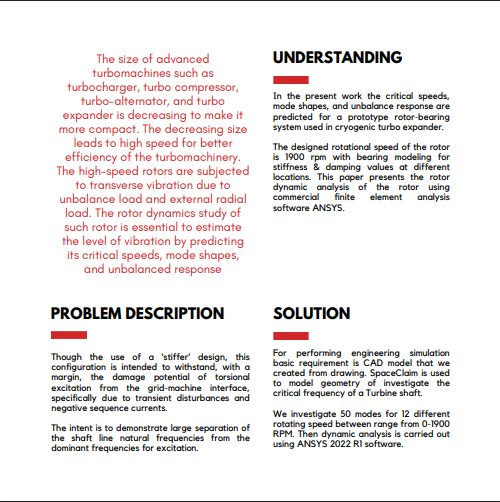
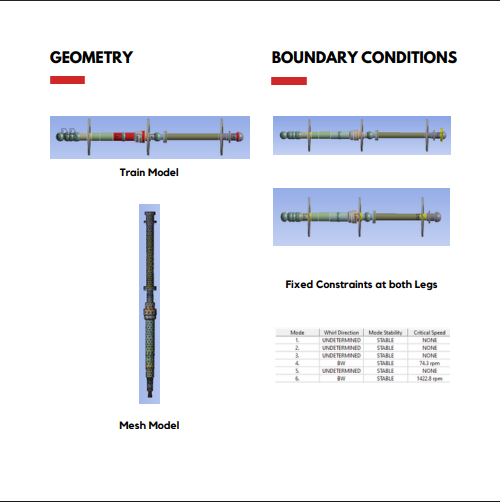
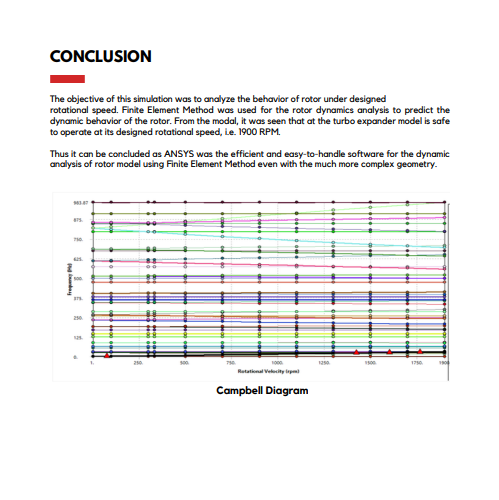
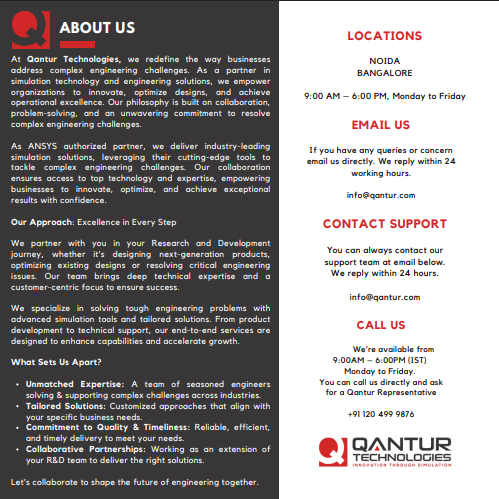





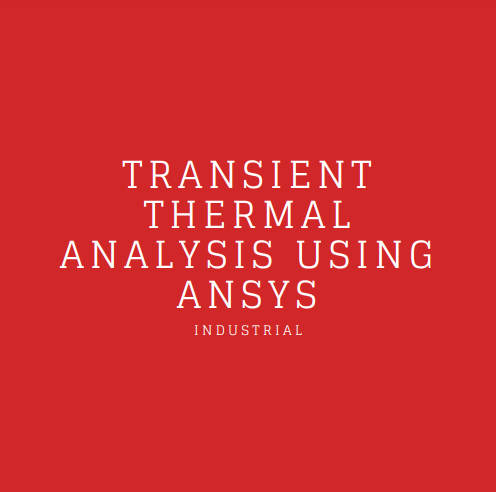
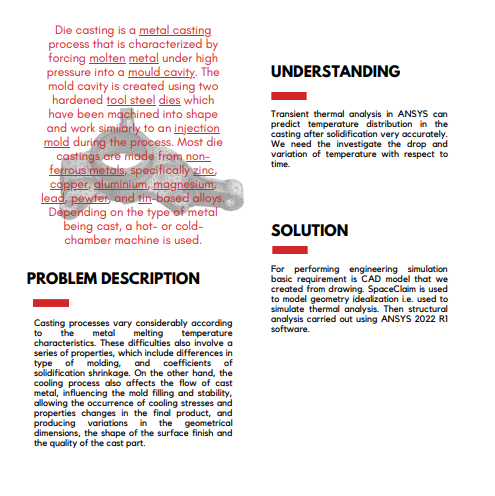
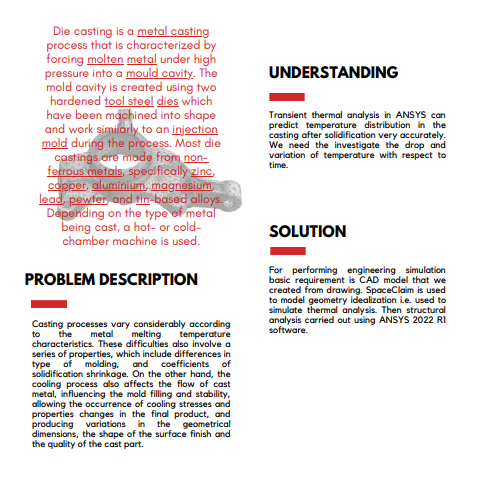
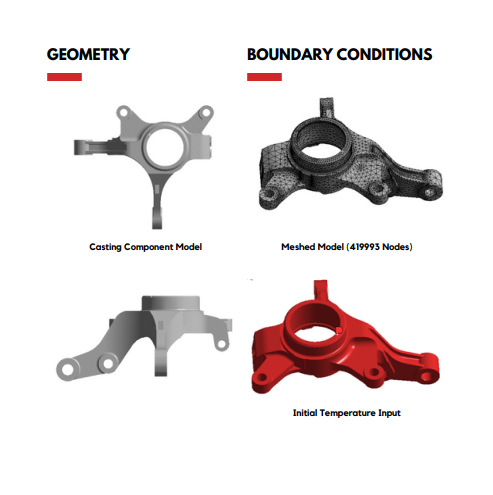
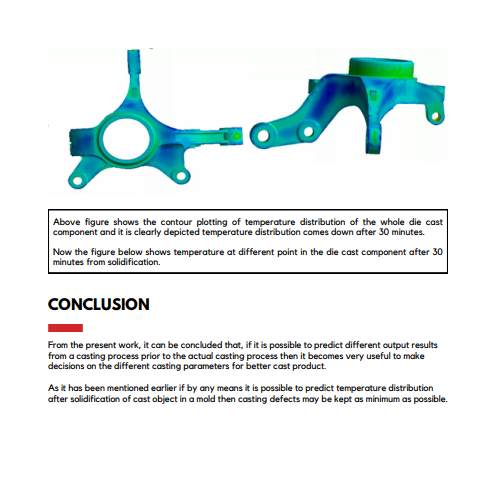
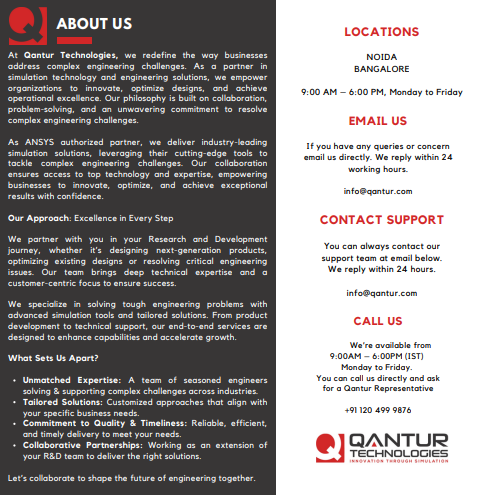






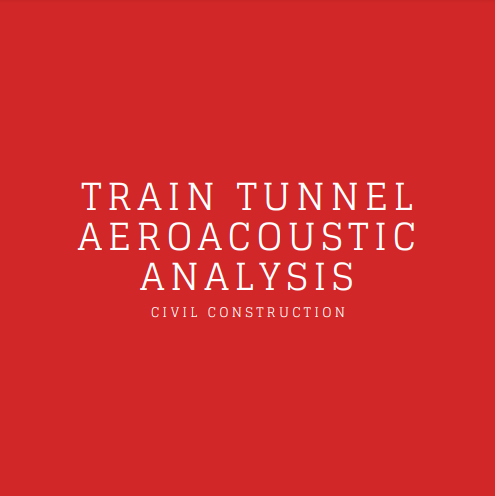
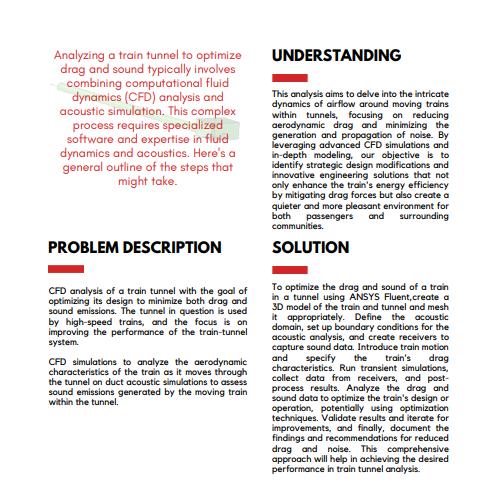
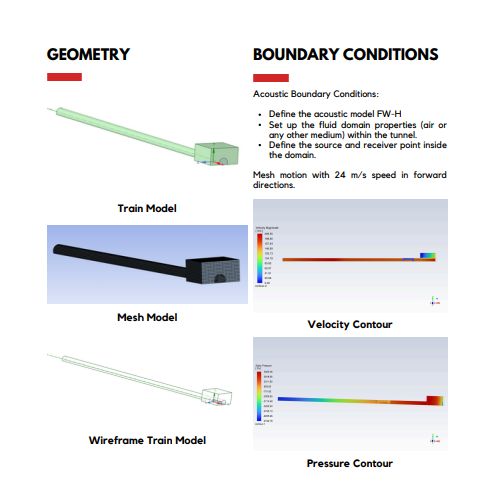
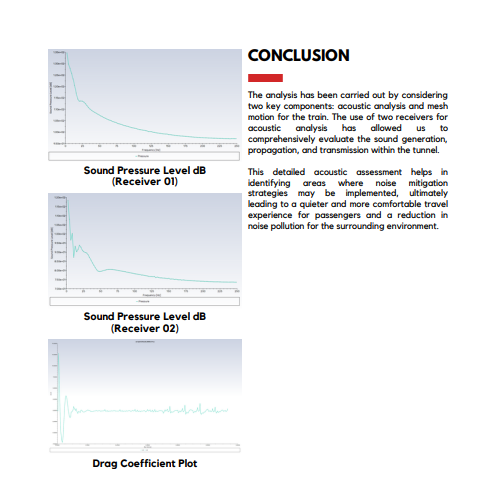











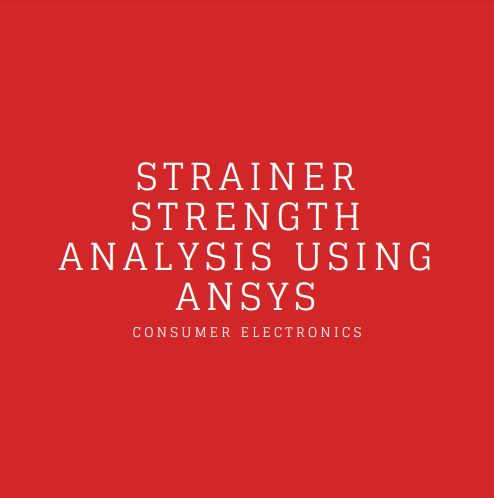
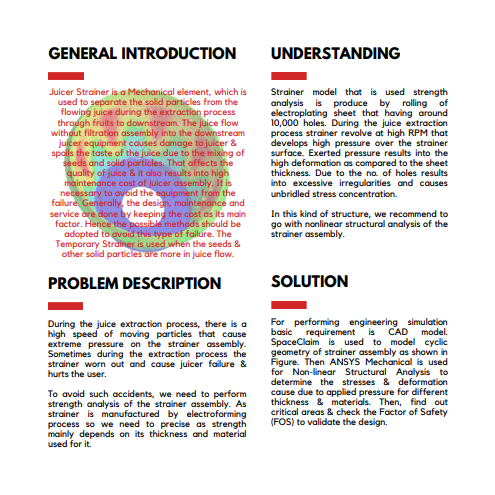
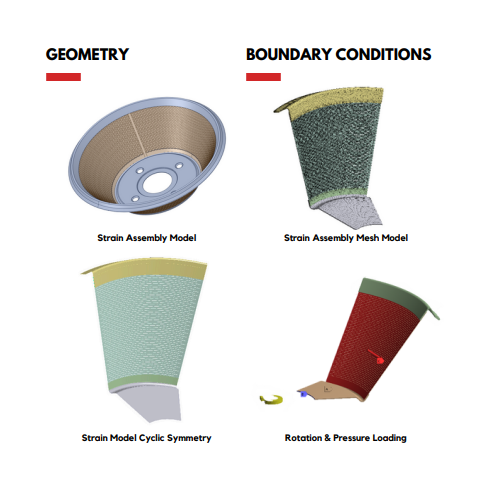
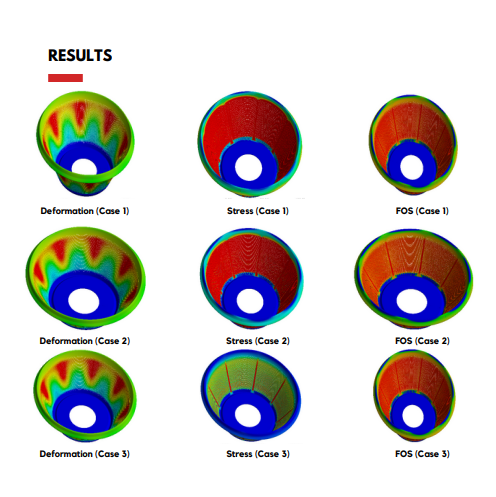
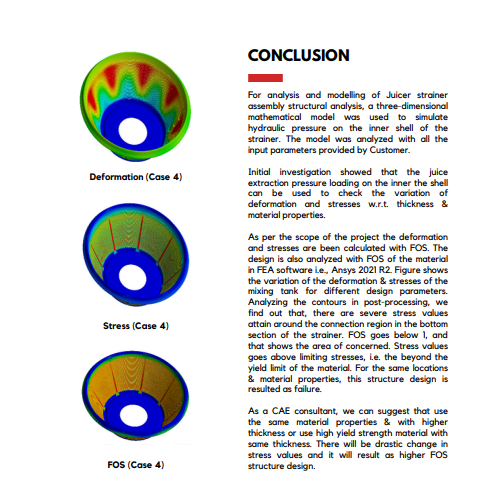
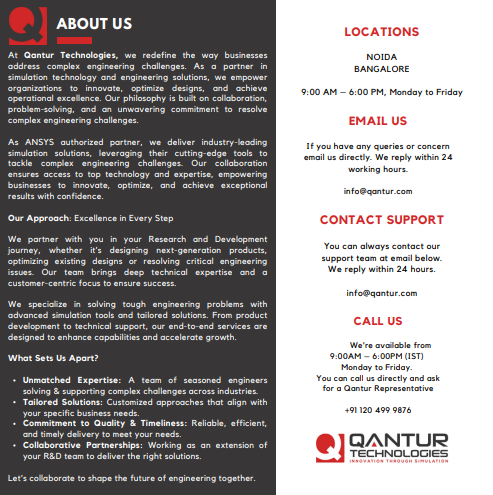







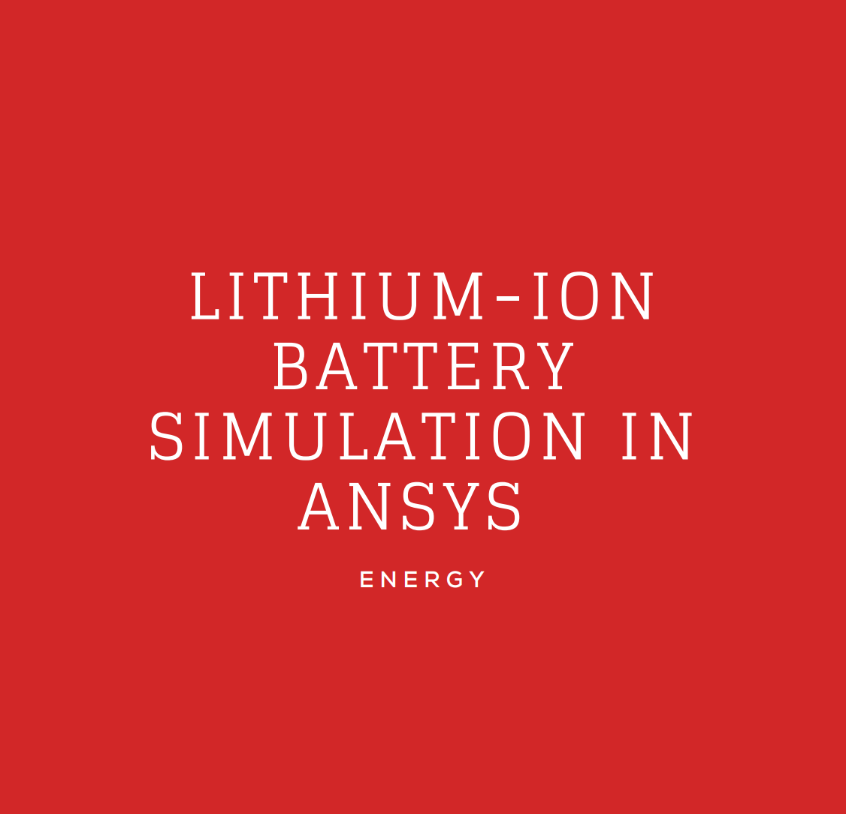
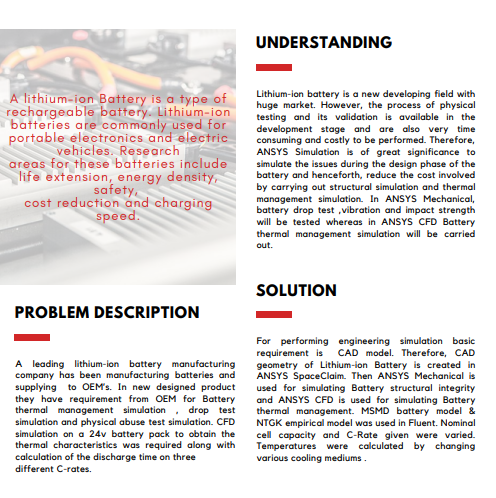
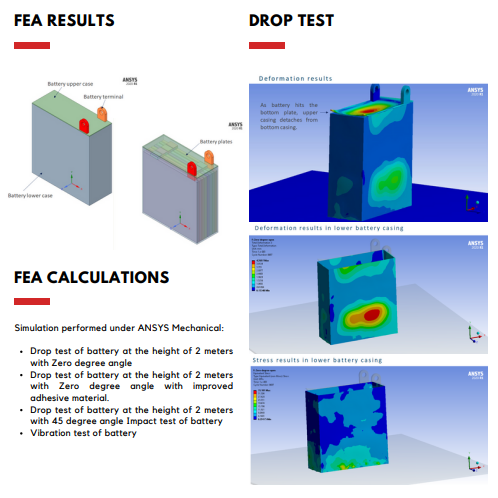
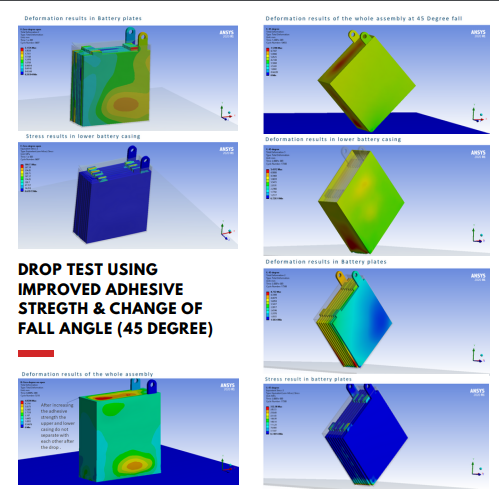
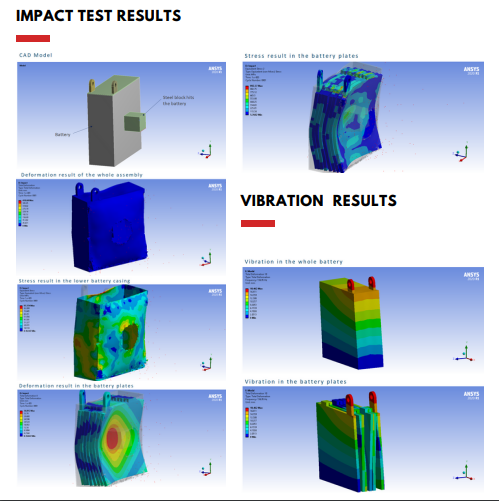
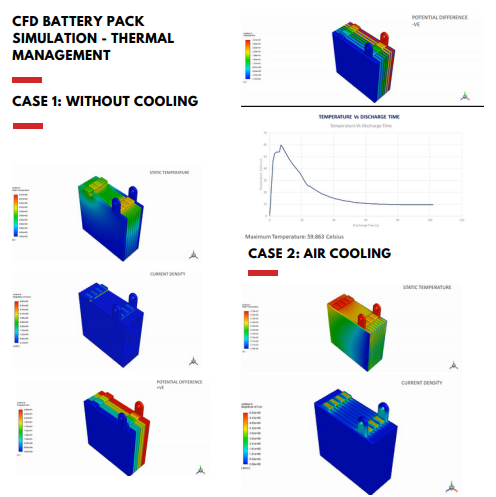
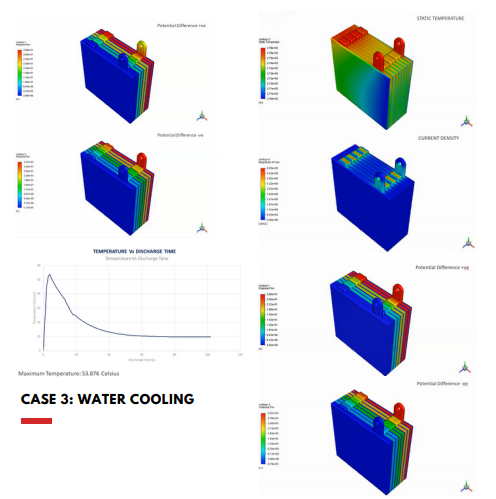
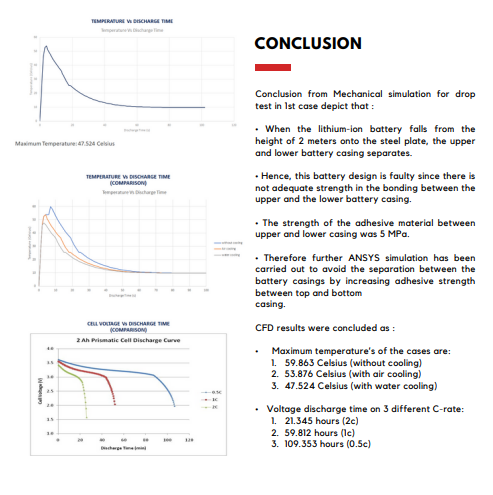

























Download Case Study
Transform Ideas into Reality—Explore Our Simulation Solutions Today!
Partner with Us to Revolutionize Engineering Excellence!
Testimonials
Customer Testimonials

Bengal Industries Pvt. Ltd
The ANSYS Mechanical training conducted by Qantur Technologies was highly informative and helped our engineers resolve critical challenges in contact modeling, meshing, and fatigue analysis. The sessions were well-coordinated, delivered on schedule, and supported with patient guidance by the trainer and account manager. We truly value Qantur’s expertise, professionalism, and post-sales support.
Bengal Industries Pvt. Ltd

Bliss Anand Pvt. Ltd.
During our evaluation of CFD solutions, Qantur Technologies stood out for their technical expertise, reliability, and customer-focused approach. Their consulting projects achieved 98% accuracy compared to experimental values, instilling strong confidence in their capabilities. Based on this experience, we selected them as our preferred partner for ANSYS software, consulting, training, and support. We highly recommend their services to organizations with simulation requirements.
Bliss Anand Pvt. Ltd.
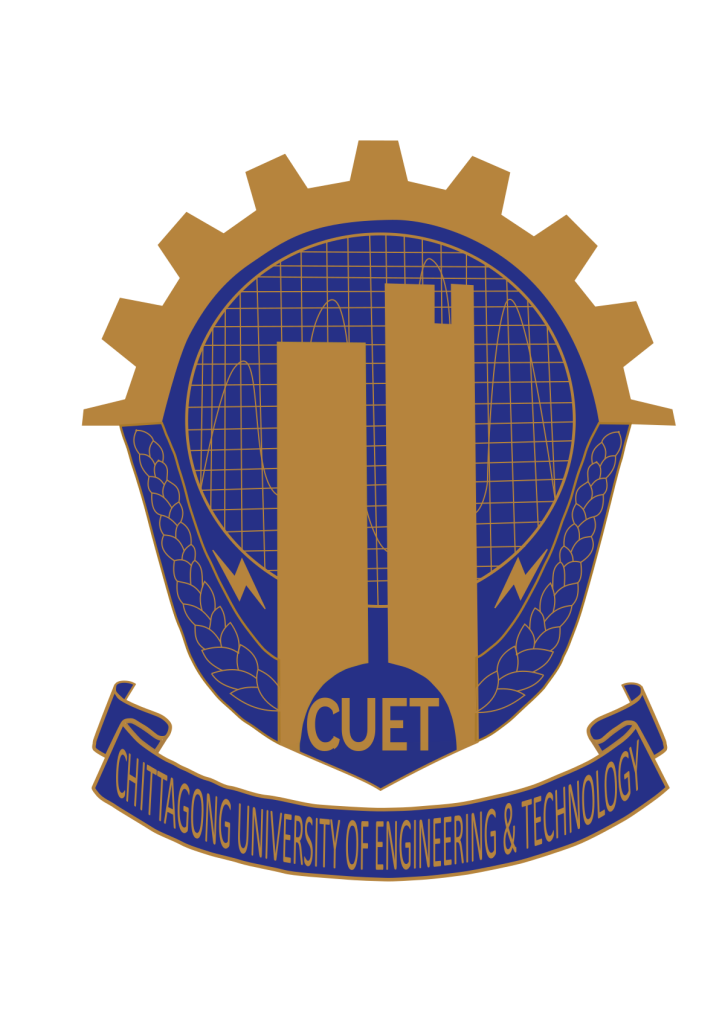
CUET, Department of Mechanical Engineering
We experienced significant value from Qantur Technologies’ expertise in ANSYS solutions, particularly in FEA and CFD consulting. Their skilled engineers provided insightful training on geometry, meshing, and modeling, which enhanced our students’ and faculty’s analytical skills. With exceptional support and patience from their trainers, we are pleased to recommend Qantur Technologies for ANSYS implementation, training, and advanced simulation services.
CUET, Department of Mechanical Engineering

Entecnia Consulting Pvt. Ltd.
Our collaboration with Qantur Technologies for ANSYS implementation and consulting has been outstanding. Their commitment, technical expertise, and timely support in FEA and CFD have added significant value to our engineering and R&D teams. The exclusive 15-day training session further enhanced our team’s analytical skills, and we truly appreciate their professionalism and ownership in managing the entire process seamlessly. We highly recommend Qantur Technologies for advanced CAE solutions.
Entecnia Consulting Pvt. Ltd.

Flovel Energy Pvt. Ltd.
Our experience with Qantur Technologies in implementing ANSYS HPC and CFD solutions has been remarkable. Their skilled engineers conducted in-depth training for our R&D team, equipping us with advanced methods to simulate hydro turbines and enhance component performance. Their reliable support, technical expertise, and resource assistance make them a trusted partner for ANSYS software, consulting, and training. We highly recommend Qantur Technologies for any ANSYS-related services.
Flovel Energy Pvt. Ltd.

Flovel Energy Pvt. Ltd.
We truly value the ANSYS SpaceClaim training conducted by Qantur Technologies at our R&D center. The course was tailored to our requirements, highly informative, and supported by hands-on workshops that enhanced our team’s modeling skills. Their application engineer was proactive, helpful, and ensured customization aligned with our needs. We look forward to engaging Qantur Technologies again for future application-based trainings.
Flovel Energy Pvt. Ltd.

IoTechWorld Avigation Pvt. Ltd.
At IoTechWorld, we develop advanced drones for agriculture, survey, and surveillance, and ANSYS Mechanical & CFD have been instrumental in optimizing our designs. Qantur Technologies supported us with the right resources, training, and technical expertise to address complex FEA & CFD challenges. Their team’s commitment and knowledge have empowered us to innovate faster and more effectively. We highly recommend Qantur Technologies for ANSYS implementation, consulting, and support.
IoTechWorld Avigation Pvt. Ltd.

Karman Drones Pvt. Ltd.
Our collaboration with Qantur Technologies for At Karman Drones, innovation drives our mission in AI-powered autonomous drones. Qantur Technologies has been a key partner in implementing ANSYS software, providing outstanding FEA & CFD expertise, consulting, and hands-on training. Their engineers have empowered our team with advanced simulation knowledge, improving design validation, performance optimization, and overall efficiency. We highly recommend Qantur Technologies for their exceptional support and technical proficiency.
Karman Drones Pvt. Ltd.

Mittal Electronics
At Mittal Electronics, innovation and R&D are at the heart of our product development. Partnering with Qantur Technologies for ANSYS FEA & CFD has been transformative—helping us accelerate design validation, optimize performance, and tackle complex engineering challenges with confidence. Their expert training, consulting, and quick response have greatly strengthened our engineering capabilities. We look forward to continued collaboration with Qantur Technologies.
Mittal Electronics

MV Electrosystems Pvt. Ltd.
At MV Electrosystems, innovation in rail transportation demands precision and reliability. Partnering with Qantur Technologies for ANSYS ICEPAK & Mechanical has significantly enhanced our ability to optimize product design, improve efficiency, and accelerate development. Their expert training, technical guidance, and hands-on support in FEA & CFD not only strengthened our engineering skills but also deepened our understanding of core physics. We truly value this collaboration and highly recommend Qantur Technologies for simulation-driven innovation.
MV Electrosystems Pvt. Ltd.

Nicotra India Pvt. Ltd.
At Nicotra India, precision in fan design is critical. Qantur Technologies has been a valuable partner, providing quick and responsive CFD support—both onsite and online—that helped us validate designs and solve complex meshing and model setup challenges. Their extensive training sessions empowered our R&D team with practical simulation expertise, strengthening our analytical and design capabilities. We are pleased with their services and highly recommend them for ANSYS implementation and technical support.
Nicotra India Pvt. Ltd.

NTF (India) Pvt. Ltd.
At NTF India, we rely on advanced engineering solutions to deliver world-class automotive components. Qantur Technologies has been a trusted partner, supporting us with ANSYS implementation and in-depth FEA analysis for our key projects. Their professionalism, technical expertise, and ability to deliver under challenging conditions have consistently exceeded our expectations. We highly value their commitment and look forward to continued collaboration on future product development initiatives.
NTF (India) Pvt. Ltd.

Onassis Auto Limited
At Onassis Auto, precision and reliability are at the core of our automotive components. With Qantur Technologies’ guidance in Ansys Mechanical, we have successfully enhanced our engineering capabilities, optimized transmission components, and improved efficiency. Their hands-on training, prompt support, and expertise in FEA have greatly empowered our R&D team. We are pleased to recommend Qantur Technologies for their outstanding technical services and commitment.
Onassis Auto Limited

P2P Analysis & Solutions
At P2P Analysis & Solutions, innovation is our core, and Qantur Technologies has been an invaluable partner in this journey. Their technical excellence in Ansys Mechanical and LS-DYNA, coupled with meticulous training and proactive support, has empowered our team to solve complex challenges with confidence. Their professionalism, collaborative approach, and customer-centric commitment make them a trusted long-term partner. We strongly recommend Qantur Technologies for any Ansys-related solutions and services.
P2P Analysis & Solutions

S&O Marintime
S&O Marintime



